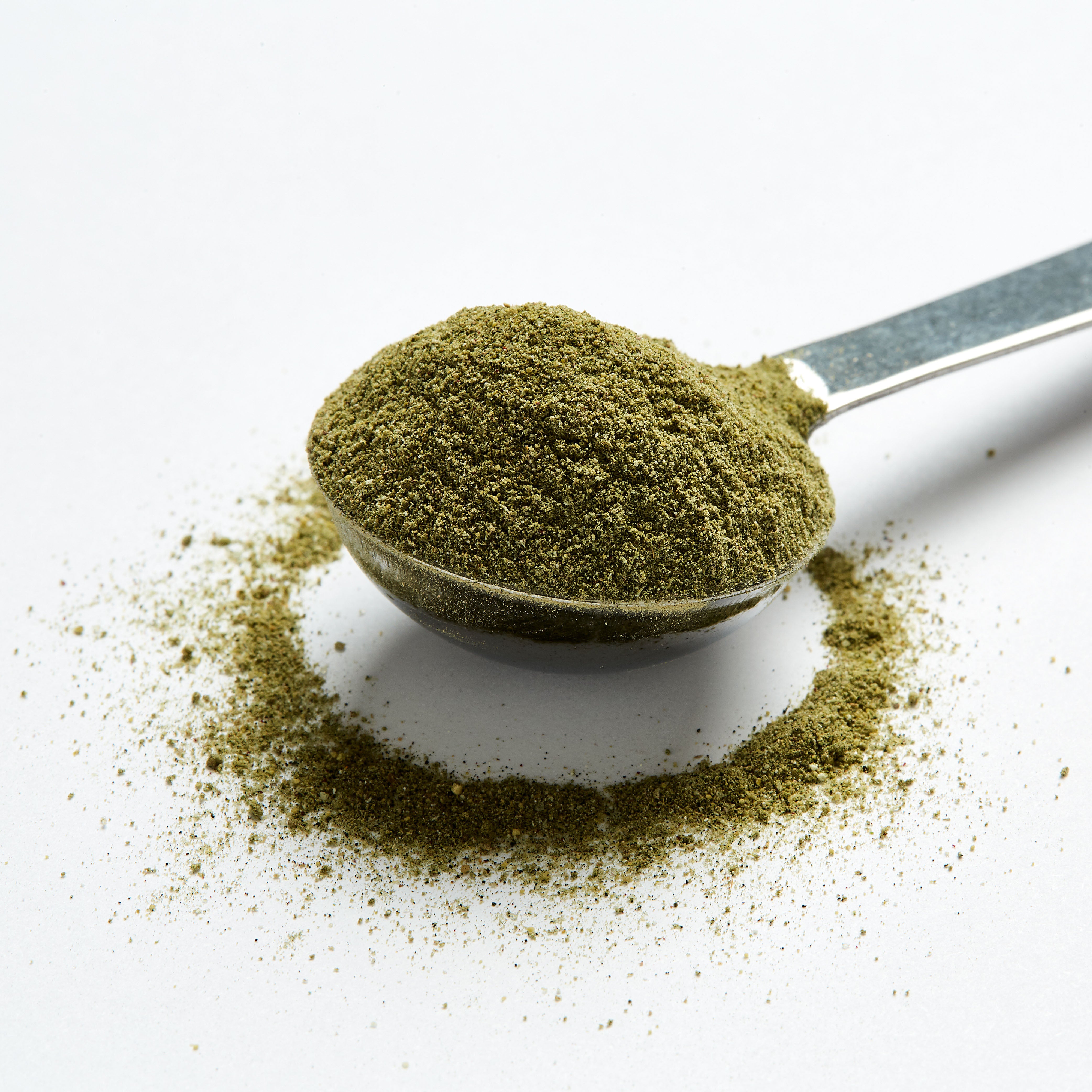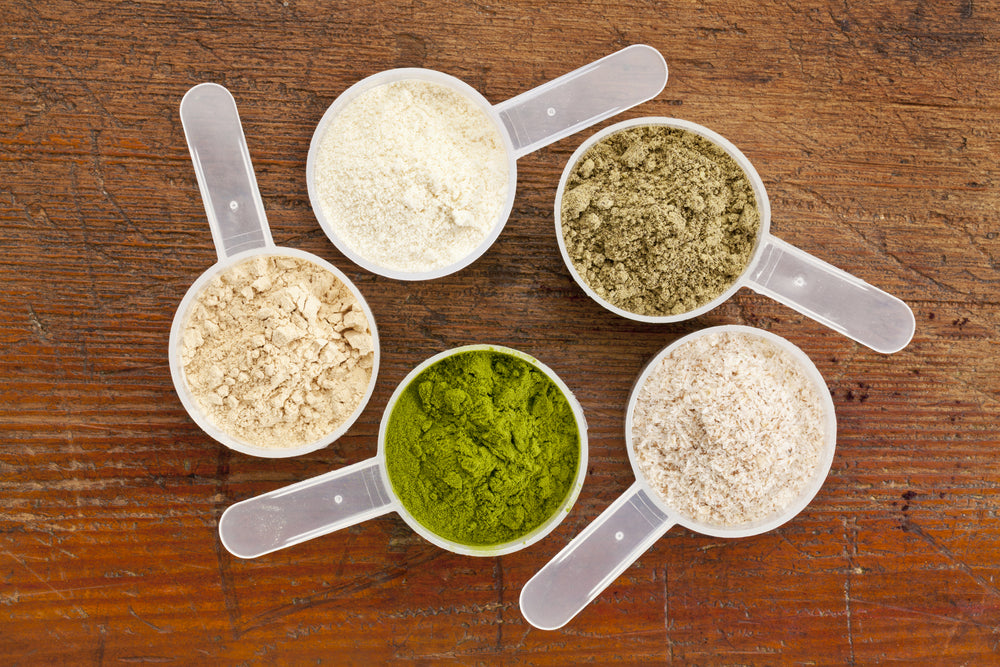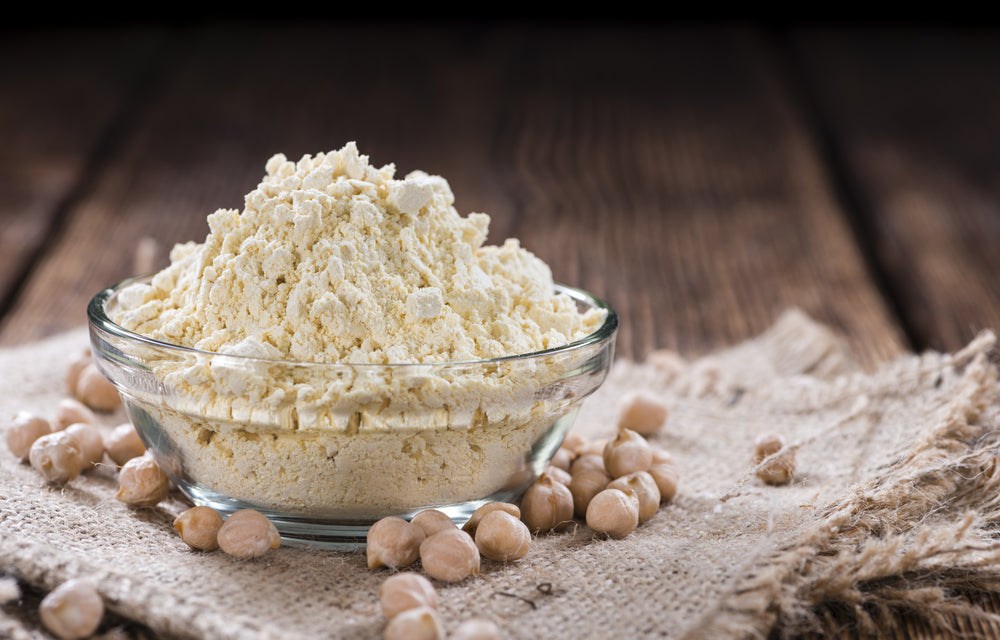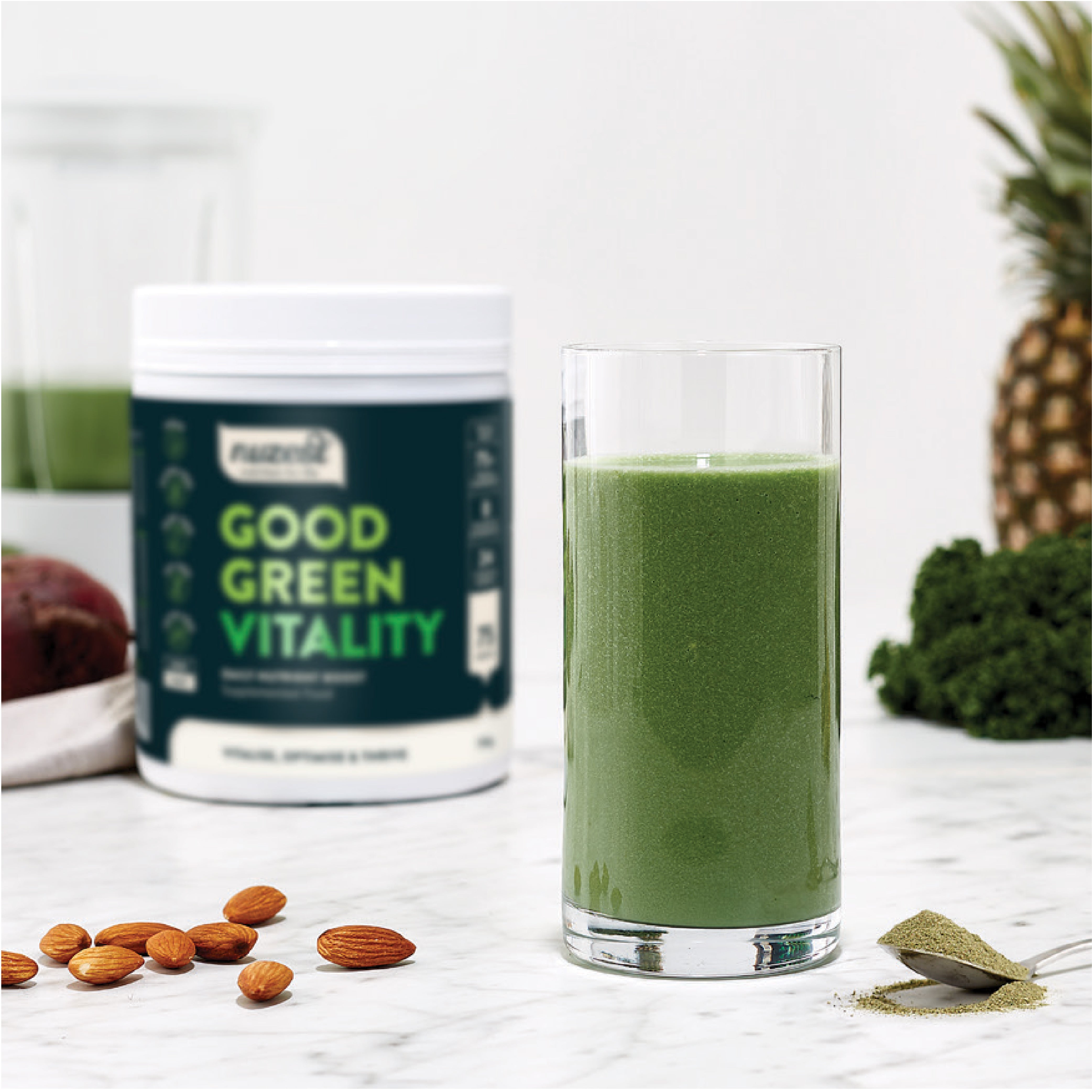Of the various known heart failures, coronary heart disease (CHD) - more commonly known as a heart attack - is the most common in industrialised countries, including Singapore.
According to the Ministry of Health, CHD (also known as Ischemic Heart Disease) is the third principal cause of death in Singapore for the years 2015-2017 [source: https://www.moh.gov.sg/resources-statistics/singapore-health-facts/principal-causes-of-death], while the Institute of Health Metrics & Evaluation (IHME) lists it as the top cause of death and premature death in Singapore for 2017 [source: http://www.healthdata.org/singapore].
Although CHD is a life threatening condition, it can be prevented and managed by understanding the symptoms and causes of a heart attack, and taking steps to prevent its development.
What is Coronary Heart Disease
CHD occurs when the arteries supplying blood to the heart become narrow or blocked. This reduces the amount of oxygen supplied to the heart muscle, and it subsequently suffers damage. If the damage severely affects the heart's ability to pump blood, a 'heart attack' or heart failure occurs.
The narrowing or blockage of coronary arteries is typically caused by atherosclerosis, which is the buildup of fatty lipids or low density lipoproteins (LDL) in the coronary arteries.
Other factors that contribute to atherosclerosis include:
- High blood cholesterol levels
- Diabetes
- High blood pressure
- Heavy smoking
- Obesity
- Unhealthy diet
- Lack of physical activity
- Excessive mental stress
- Sleep apnea
- Family history
- Old age: males over the age of 45, females over the age of 55 are at higher risk
Symptoms of a Heart Attack
Most people fail to recognise a heart attack as the symptoms are varied.
The main symptom of CHD is an angina, which is a squeezing tightness in the chest, signalling that the heart is not receiving sufficient blood and oxygen. Sometimes there may be pain, which may spread to the abdomen, the upper left part of the body, neck, and jaw instead of being concentrated in the chest.
However, there are incidences when an angina is 'silent', where there is no physical discomfort or pain felt by the person. It is in such cases where a heart attack gets its name as 'the silent killer'. An angina can also be stable or unstable.
A stable angina presents itself as a regular or predictable pattern, such as pain or discomfort when walking up a flight of stairs or during activities that increase the heart rate.
An unstable angina occurs without warning. It presents itself as a sudden sharp pain without any prior symptoms or CHD, and can occur even with no physical exertion. Thus, the unstable angina is a more serious condition than the stable angina.
Although the risk factors for CHD are many, they can be managed with lifestyle choices that include sensible nutrition and regular exercise.
Nutrition for Heart Health
IHME states that the top contributing risk factor driving death and disability combined, including CHD, is dietary risks. What we eat - and don't eat - greatly affects our health and mortality.
Saturated fats and trans fats are the biggest contributing factor to blood cholesterol levels - high LDL levels in the blood and trans fat have both been linked to increased heart disease. It is recommended to lower the intake of saturated fat as well as avoid trans fat to lower the risk of CHD. This can be achieved by switching to foods with mono and polyunsaturated fats, which has generally been shown to lower LDL levels in the blood. Simple changes such as opting for vegetable oils, as well as reducing the consumption of high-fat meat products, cheeses, whole-milk products, and processed and/or packaged foods.
Some people believe that overconsumption of sodium may increase blood pressure, and in turn increase the risk of heart disease. Many packaged foods contain high levels of sodium, so be sure to check food labels. Aim to consume no more than 1,500mg of sodium per day by opting reducing packaged foods, choosing low-sodium alternatives, or replacing sodium with herb spice blends.
Potassium can be useful in counterbalancing the effects of sodium - it helps lower blood pressure, which is healthy for the heart. It is naturally abundant in vegetables and fruit, including bananas, avocadoes, and kiwis. Blend them into a breakfast smoothie bowl or smoothie drink, together with Nuzest Clean Lean Protein or Just Fruit & Veg for an added boost.
Soluble fibre helps inhibit cholesterol absorption in the small intestine, thus reducing LDL blood cholesterol levels. Oats, barley, legumes and fruit are rich in soluble fibres. A good source of soluble fibre is psyllium husk, which is good dietary supplement for those who are unable to get sufficient fibre from their daily meals.
Plant sterols have also been shown to lower LDL blood cholesterol levels by inhibiting cholesterol absorption. They can be obtained in plant based dietary supplements, including Nuzest's Good Green Stuff powder and bar and Clean Lean Protein bar.
Omega-3 fatty acids, also known as EPA and DNA, are healthy fats that lower blood triglyceride levels. They may be beneficial for those with CHD.
Moderate alcohol intake and avoid binge drinking, as alcohol can raise blood pressure and contribute to empty calories, which may lead to weight gain. Males are advised to consume less than seven drinks a week, and females no more than four drinks a week
Exercising for Heart Health
Give your heart a lift, literally, with exercises. Movement increases the amount of oxygen supplied to the blood, which reduces the workload on your heart muscle. Exercise also lowers blood triglycerides as your body needs to convert fat into energy. This helps with weight loss, improves insulin sensitivity, and lowers blood pressure.
It is recommended to engage in at least 30-minutes of moderate-intensity physical activity on most days of the week. Begin with a brisk stroll, gentle yoga, or simply taking the staircase instead of the lift up to your apartment.
Make Heart Healthy Choices
Although CHD is life threatening and develops due to various genetic, environmental, and lifestyle factors, it can be managed effectively with consistent physical activity and nutritious eating habits.
Begin by including more fresh, whole, and plant-based foods in your daily meals, gradually reducing the amount of processed and packaged foods. Including plant based supplements, such as Nuzest products, can provide an added boost for your heart health.
Article by Patricea Chow



















































